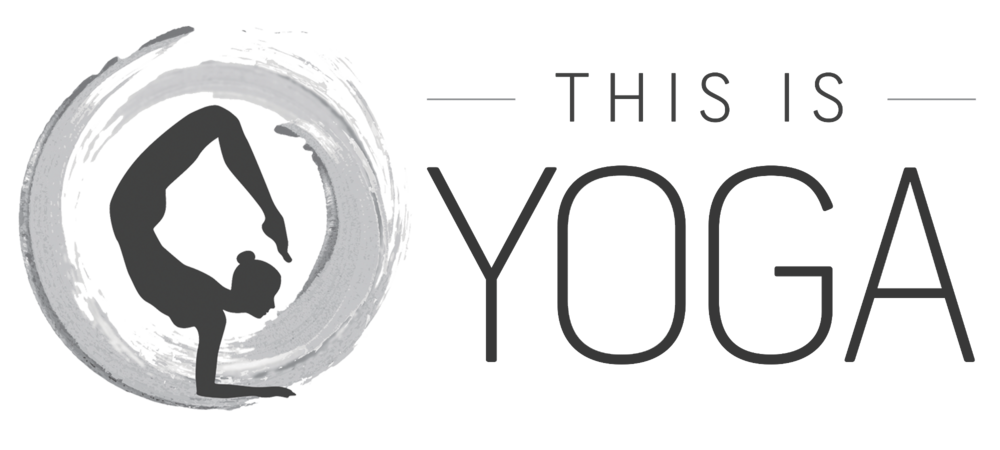Beth Borowsky is the founder of Just Breathe Yoga and member of the TIY Family. Beth specialises in Forrest Yoga, Kids Yoga and helping people alleviate the tensions that come with modern day ‘tech life.’ Her free your neck, shoulders and upper back workshop is a regular on the TIY schedule. We caught up with her to learn a little bit more about what you can do to alleviate these tensions and how she like to relax after a long day!
So many people get used to living with discomfort in their neck, shoulders and upper back. How can students expect to help relieve these areas through your workshop? Is any equipment required?
The workshop will give students an experience in using specific poses to lengthen and strengthen the muscles that support the neck and that are currently super weak because of our lifestyle of being hunched over devices or sitting at a desk for endless hours each day. With awareness, students can learn to unravel their neck, upper back and shoulder tightness and tension by practicing their yoga without using their neck and rather using the strong (and bigger) muscles below the neck to do the work instead!
Participants will need 2 blocks and a strap.
Will the workshop equip students with the skills and techniques to continue working through tension into the future? And do you believe this can help prevent injury?
Aside from guiding students through poses that will definitely help them continue to work through future tension, I also give them a handout of simple poses to do at their desk, at any time during the day, to relieve tension and stress.
I have seen with many students, and in my own body, how working in this very intelligent way minimises injury because you get to strengthen and lengthen the correct muscles for each pose. Right now, students use up to 70% of their neck to do their poses!
Why are you passionate about the neck, shoulders and upper back in particular?
I guess because I’ve yet to meet a 21st Century human being who isn’t stressed out and walking around with tightness, stress and tension in their jaw, neck, shoulders and upper back!
And I’ve felt the deliciousness and benefits in my own body of how strong you get when you practice without using your neck … you begin to walk through life in a pain-free way (and stop spending huge amounts at the physio and chiro!)
Can you provide us with a brief insight into Forrest Yoga?
There is a profound difference between conscious & unconscious breathing. Forrest Yoga invites you to cultivate a curious breath and go on a journey of self discovery - to create strength, integrity and build the most potent relationship of your life ... with your Spirit.
Created by international veteran yoga teacher and teacher trainer Ana Forrest, Forrest Yoga has taught me many many things but the one that roars above all is this: there is ALWAYS something you can do.
I am a 55 year old woman who has been practicing yoga for 35 years and teaching for 16. I live with 2 significant injuries and can say, with hand on heart, that I have never been, or felt, stronger in my life… and I attribute much of this to the intelligence of Forrest Yoga.
It invites you to get on your mat and do the work … to tune in, and use a curious breath to go on an adventure. It’s like being in therapy but you don’t have to talk!
Can you tell us a little bit about your yoga journey and background?
Mmmmm - how do I sum up 35 years! The seeds were planted as a teenager in South Africa. My best friend’s mum was an Iyengar teacher and I loved exploring in their home studio.
In 2005 I trained in kids yoga (I was a Montessori teacher and have completed a MA program in Early Childhood) and created Karma Kids Yoga which is now The Karma Class. The past 16 years have been an incredible immersion into teaching – both adults and kids – and teacher training. I have an amazing group of teachers who go into pre and primary schools to teach kids yoga.
For a full bio of my teaching and training, you can visit my website JustBreatheYoga.
I am super passionate about teaching early childhood and primary teachers how to weave Yoga, Breath and Mindfulness into the classroom every day and have an incredible Professional Development workshop called A Karma Classroom which weaves in our Karma Classroom Cards – a fantastic teacher resource that brings the workshop to life in the classroom.
I have also created the Karma Home Cards to bring these tools into every home.
With stress being at an all-time high – and especially given the last year – it feels like important work!
Do you have a favourite yoga pose?
Lounge Lunge – an incredible Forrest Yoga pose that takes you into a deep and delicious psoas, hip and lower back release. Pictured below!
What else do you enjoy outside of yoga?
Food ☺ … the occasional GnT and walking the Lurline Bay to Gordons Bay track with my gorgeous doggie Thembi. Hanging out with my beloved hubbie and amazing daughters in our pretty awesome home … and exploring our planet!
Author: This is Yoga






















